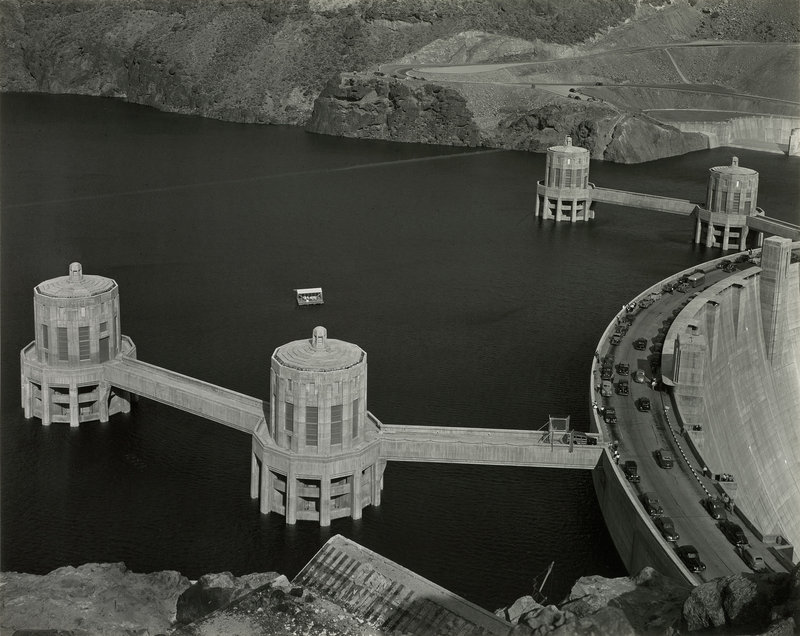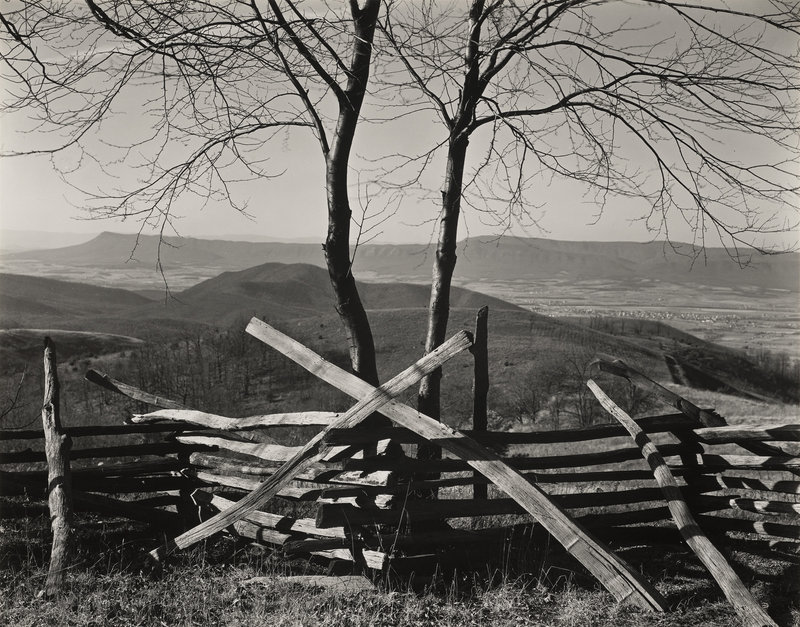In early 1941, Edward Weston was approached by the Limited Editions Club of New York and invited to make photographs to illustrate its deluxe edition of Walt Whitman’s epic poetry collection “Leaves of Grass.” Although he initially balked at the suggestion, the opportunity the project offered to travel cross-country and visit parts of the United States that were new to him convinced Weston to take the assignment.
Beginning Dec. 30, the Portland Museum of Art features the photo exhibition “Weston: Leaves of Grass.” The show includes 53 black-and-white photographs by Weston that follow the route of his trip.
Weston’s concern was how to capture Whitman’s spirit without slavishly depicting his words. Since it was first published in 1855, “Leaves of Grass” has appeared in many editions and increased in size. The first volume contained only 12 poems, but by the time of Whitman’s death in 1892, it had grown to more than 400 poems that touched on many aspects of American life: the landscape, the variety and energy of its people, the Civil War, racial and sexual relations, and last but not least, Whitman’s expansive personality.
Weston’s trip lasted almost 10 months, covering 24 states and almost 25,000 miles. Organized to reflect the route that the artist and his wife, Charis Wilson, took when they drove cross-country, the exhibition begins with photographs of California and ends with works taken on the East Coast, including two images from Kennebunkport: one of the Wedding Cake House and the other of a schooner docked in the harbor.
The majority of the photographs, however, cover the Southern and Western states as the couple drove from Boulder Dam in Nevada through Arizona, New Mexico, Texas, Louisiana, Mississippi and the Appalachian chain. References to America as a great industrial giant will be shown, as well as the homes of humble artisans.
In addition to landscapes, Weston took portraits of Native Americans and Hispanics, and photographed the architecture of elaborate Catholic cemeteries in New Orleans and simple Baptist churches in the Louisiana countryside.
Over the course of the project, Weston produced some of the most compelling images of his later career that took his photography in a new and important direction. Before undertaking the commission, Weston wrote of the Whitman project to a friend: “I do believe … I can and will do the best work of my life. Of course I will never please everyone with my America — wouldn’t try to.”
The exhibition was organized by the Museum of Fine Arts in Boston.
Send questions/comments to the editors.




Success. Please wait for the page to reload. If the page does not reload within 5 seconds, please refresh the page.
Enter your email and password to access comments.
Hi, to comment on stories you must . This profile is in addition to your subscription and website login.
Already have a commenting profile? .
Invalid username/password.
Please check your email to confirm and complete your registration.
Only subscribers are eligible to post comments. Please subscribe or login first for digital access. Here’s why.
Use the form below to reset your password. When you've submitted your account email, we will send an email with a reset code.